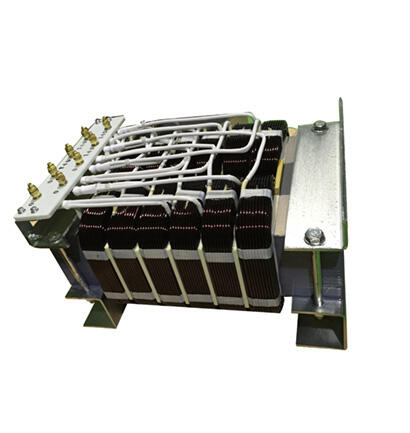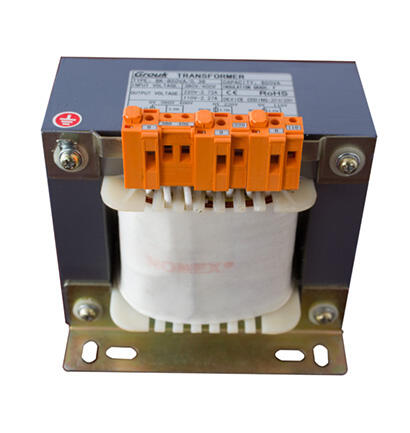centrifugal fan static pressure
Centrifugal fan static pressure is a crucial parameter that determines the fan's ability to overcome system resistance and maintain efficient airflow. This measurement represents the potential energy available to move air through a system, typically expressed in inches of water gauge or Pascal units. The static pressure is generated by the centrifugal force created when the impeller rotates, converting mechanical energy into potential and kinetic energy in the airstream. In industrial applications, proper static pressure ensures optimal performance in ventilation systems, dust collection units, and process air handling. The fan's ability to maintain adequate static pressure is essential for overcoming resistance from ductwork, filters, and other system components. Modern centrifugal fans incorporate advanced impeller designs and aerodynamic features to maximize static pressure efficiency while minimizing energy consumption. The relationship between static pressure and airflow rate is represented by the fan curve, which helps engineers and technicians select the appropriate fan for specific applications. Understanding and correctly specifying static pressure requirements is fundamental to achieving proper system performance and preventing issues such as insufficient airflow or excessive energy consumption.


